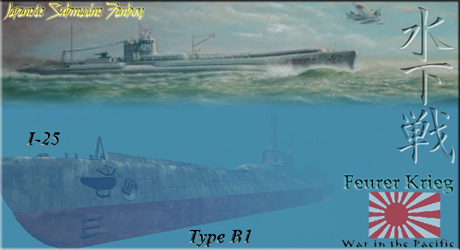ChuckBerger
Posts: 278
Joined: 8/10/2006
Status: offline

|
Warspite: one of things I love about this game is the fact that there is no CRT to view, that combat is to some degree a black box. In real life, generals had to make decisions based not on some transparent, perfect CRT, but rather on an intangible assessment of troop numbers, terrain, supply, experience etc etc. Too many wargames turn into an actuarial exercise when the CRT is known and can be min-maxed. Also, in too many wargames attacks never really fail, because the attacker can see when the odds are not in his favour. But in reality, attacks failed often, and often with terrible losses. In my opinion DC3 gets this exactly right. You have to make an educated guess about the chances of success of any given battle, and even a seasoned player will sometimes get it badly wrong!
Flavius: I actually don't think activation rates are a problem. Bear in mind that something like 5-6 Russian armies "failed to activate" at the beginning of Operation Typhoon, so as late as October 1941. In game, the Russian player usually can rely on good activations by that point. I think activation for the Russian should be an ongoing big problem all the way through December. What is a problem is that (a) Germans probably don't take heavy enough casualties; and (b) Russians don't appear to have the resilience of real life Russia, the ability to rebuild credible defensive lines very quickly after crushing defeats. IRL, Russia lost its entire central frontier armies within days, and rebuilt on the Dniepr. Then they lost the whole centre front again at Smolensk, and again rebuilt it all. Then they lost 5 entire armies at the outset of Typhoon, again virtually their whole AGC, and rebuilt again at Mozhaysk in time to save Moscow.
In DC3, if the Russian player loses 5 armies to encirclement in AGC after the frontier battles, it's game over.
I also think German casualties, especially for reducing pockets, need to be increased somehow. It feels like too often the German infantry armies are battling around Moscow with hardly any losses from earlier battles. In reality, the Germans took major losses all along the way. Smolensk was a huge German victory, but Glantz notes that German Motorised infantry units (in the Panzer and PzG divisions) were as low as 30-40% strength following the Smolensk battles.
|
 Printable Version
Printable Version











 New Messages
New Messages No New Messages
No New Messages Hot Topic w/ New Messages
Hot Topic w/ New Messages Hot Topic w/o New Messages
Hot Topic w/o New Messages Locked w/ New Messages
Locked w/ New Messages Locked w/o New Messages
Locked w/o New Messages Post New Thread
Post New Thread